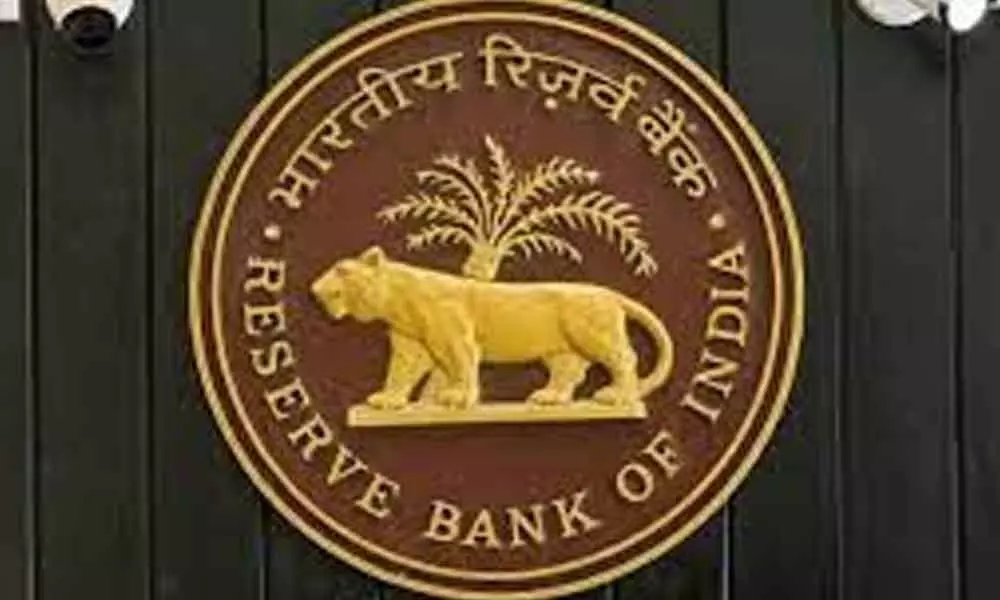RBI likely to hike key policy rate to fight inflation
It was in August, 2018 when the RBI increased its key policy rate for the last time
image for illustrative purpose

It was in August, 2018 when the RBI increased its key policy rate for the last time. The apex bank has been maintaining accommodative stance since then. So, no wonder if there was a voice of dissent in the 30th meeting of monetary policy committee (MPC). No matter, if this voice was raised by only one member (JR Varma) out of the six the MPC is comprised of.
Still, if one reads between the lines, then it is crystal clear that rates are set to move northwards, though the dispute may persist on the timing for the same to take place.
While a majority of the economists feels that this may happen in December policy itself, few others opine that we will have to wait for the first quarter of the next fiscal for this to happen. True, the October policy review is likely to go without any rate hike, still voice of dissent is likely to rise further in the forthcoming meeting, which will pave the way for hike in reverse repo rate, which currently stands at 3.35 per cent.
The MPC also decided to continue with the accommodative stance as long as necessary to revive and sustain growth on a durable basis and continue to mitigate the impact of Covid-19 on the economy, while ensuring that inflation remains within the target going forward.
These decisions are in consonance with the objective of achieving the medium-term target for consumer price index (CPI) inflation of 4 per cent within a band of +/- 2 per cent, while supporting growth.
Icra expects the CPI inflation to rise to 5.9 per cent in August, just a shade below the 6 per cent upper threshold, which would reignite concerns about the timing of policy normalisation. While growth concerns dominated the MPC's recently concluded minutes, the underlying unease related to inflation was also palpable. The vote for continuing the accommodative monetary policy stance is expected to remain non-unanimous in the October policy review as well, with a more distinctive shift in the tone in the December policy review.
Inflationary pressures are being closely and continuously monitored. The MPC was conscious of its objective of anchoring inflation expectations. The outlook for aggregate demand is improving, but still weak and overcast by the pandemic. There is a large amount of slack in the economy, with output below its pre-pandemic level.
Recent assessment of the year-on-year growth of GDP at constant prices in FY22 by a number of professional forecasting organisations, as per the RBI Governor Dr Shaktikanta Das, which were made in the month of July, has ranged from 8.8 to 10 per cent.
The MPC is conscious of its objective of anchoring inflation expectations. The outlook for aggregate demand is improving, still weak and overcast by the pandemic. There is a large amount of slack in the economy, with output below its pre-pandemic level. It has more to do with lack of credit appetite.

